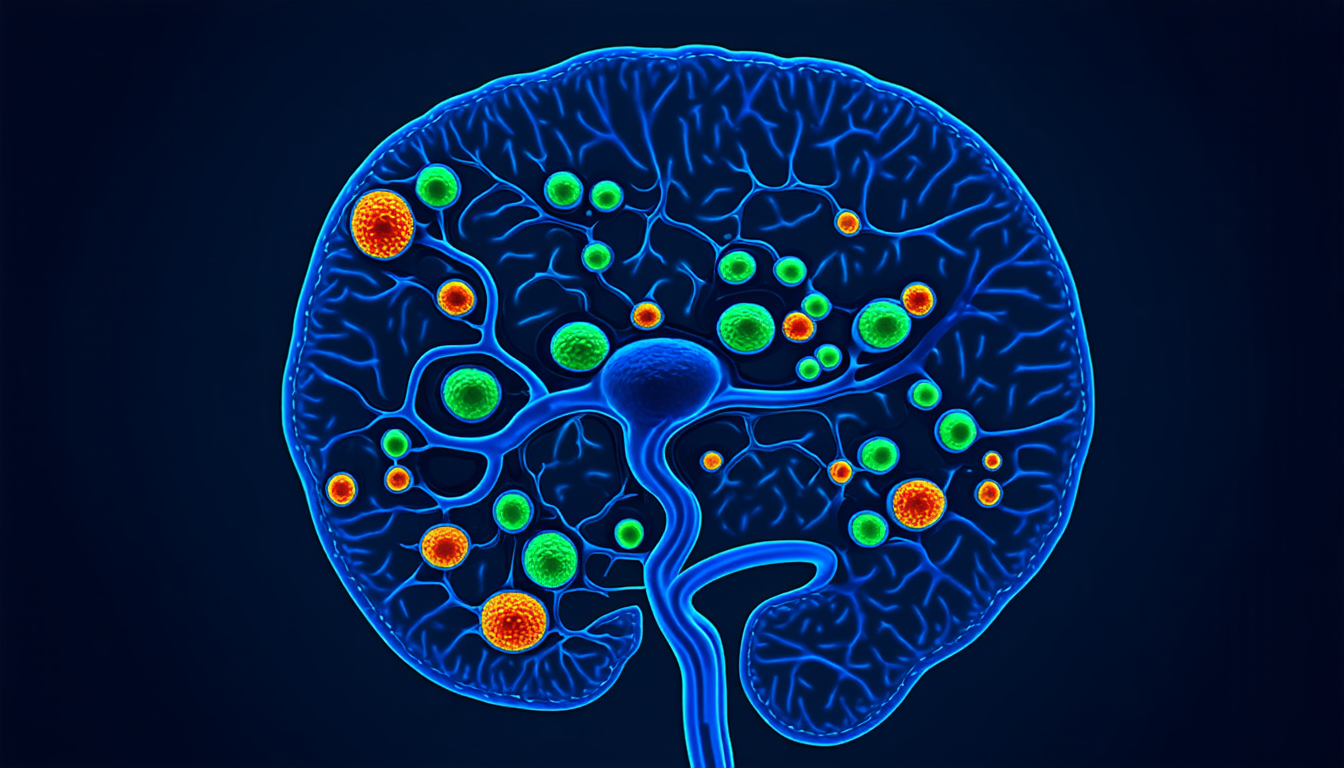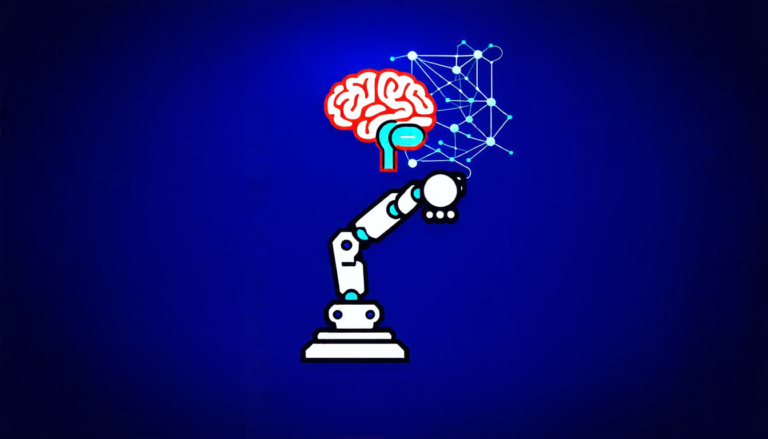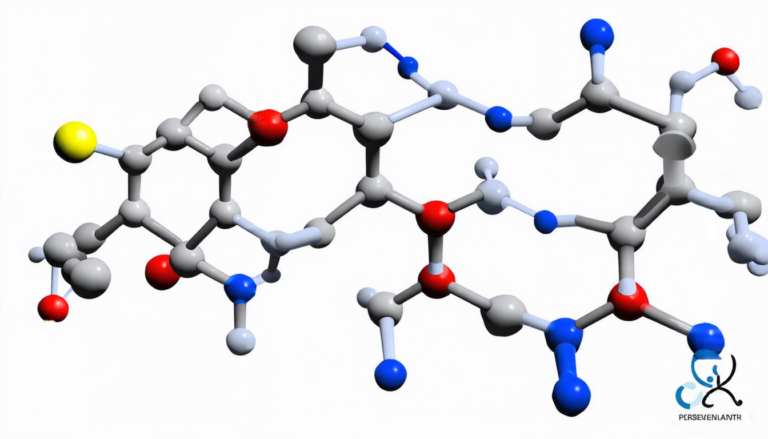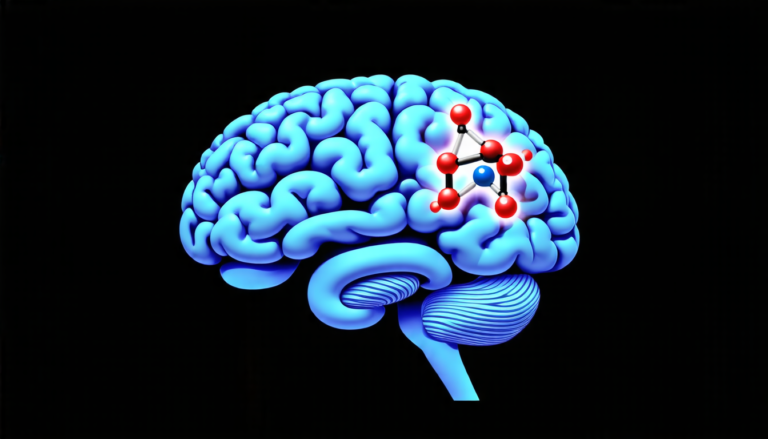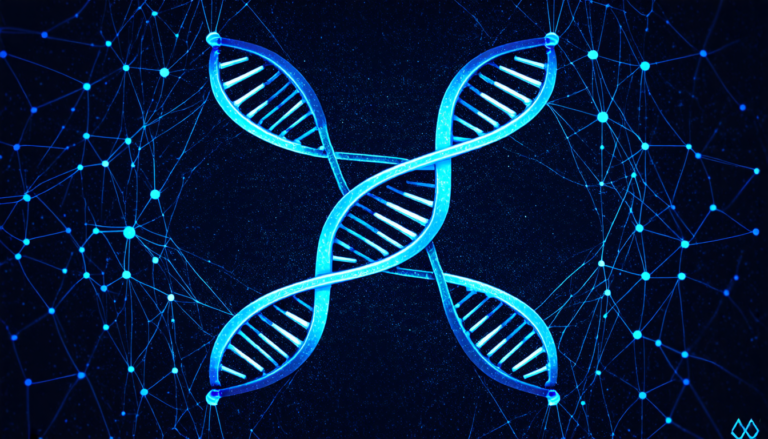Monday 31 March 2025
Scientists have been studying a type of cancer that affects children, called neuroblastoma, and they’ve made some exciting discoveries. Neuroblastoma is a rare but aggressive form of cancer that arises in the nerve tissue of young children, usually under the age of five. It’s one of the most common types of childhood cancer, accounting for about 10% of all pediatric cancers.
Researchers have long been trying to understand what causes neuroblastoma and how it develops. One key question has been: why do some children develop this type of cancer while others don’t? The answer lies in the way that normal cells in the developing nervous system differentiate into different types of cells, a process called differentiation.
A new study published recently has shed light on this process by creating a mathematical model that simulates how cell differentiation works in healthy and diseased states. By using this model, scientists were able to identify key factors that contribute to the development of neuroblastoma.
The researchers found that abnormal differentiation dynamics play a crucial role in the development of neuroblastoma. They discovered that certain genetic mutations can disrupt the normal process of cell differentiation, leading to the formation of immature cells that are prone to becoming cancerous.
This is important because it suggests that identifying these genetic mutations could be a key step in preventing or treating neuroblastoma. The model also revealed that the timing and pace of cell differentiation during early development are critical factors in determining whether a child will develop neuroblastoma or not.
The researchers used mathematical equations to describe how cells differentiate, which allowed them to simulate different scenarios and test their predictions against real-world data from patient samples. This approach enabled them to identify specific patterns of cell differentiation that are associated with neuroblastoma development.
One of the most significant findings was that certain types of cells in the developing nervous system are more prone to becoming cancerous than others. This has important implications for the development of new treatments, as targeting these vulnerable cells could potentially prevent or slow the progression of the disease.
The study also highlighted the importance of understanding the complex interactions between genetic and environmental factors in the development of neuroblastoma. It suggests that a combination of genetic mutations and environmental exposures can increase the risk of developing this type of cancer.
Overall, this study represents an important step forward in our understanding of neuroblastoma and its causes. By using mathematical models to simulate cell differentiation, scientists have gained new insights into the mechanisms underlying this devastating disease.
Cite this article: “Unlocking the Secrets of Neuroblastoma: A Mathematical Model Reveals Key Factors in Childhood Cancer Development”, The Science Archive, 2025.
Neuroblastoma, Cancer, Children, Differentiation, Genetics, Mathematical Model, Cell Development, Pediatric Cancers, Nervous System, Tumor Formation

